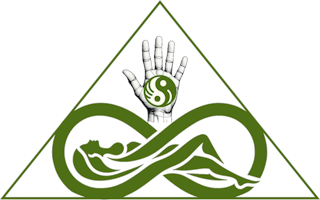Peroneus longus is located laterally on the leg, originating at the head of the fibula and the proximal two-thirds of the fibula. The insertion points require the peroneus tendon to cross deep in the plantar surface inserting laterally on the medial cuneiform and base of the first metatarsal (Biel, 2014). Tibialis anterior as it name suggests is located on the anterior surface of the leg, originating at the interosseous membrane, lateral surface of the tibia and the lateral condyle of the tibia. It inserts medially on the plantar surface of medial cuneiform and base of the first metatarsal (Biel, 2014). The origins, insertions and positioning of these muscles allow an opposite action to each other. Peroneus longus acts to evert and plantar flex the foot while tibialis anterior acts to invert and dorsiflex the foot (Biel, 2014).
Combined these muscles form a sling shape that is joined via both of them inserting into the base of the first metatarsal and the medial cuneiform and has led to the muscles configuration being described as the “functional sling”. The antagonistic relationship of this pair of muscles is complexed beyond the stance phase of gait but they do act to stabilise the foot during standing walking and running (Louwerens, Linge, de Klerk, Mulder, & Snijders, 1995). In activities, such as walking, the muscles stretching increase the passive force component required for the normal muscle functioning (Koo, Guo, Cohen, & Parker, 2013) adding to the foots stability. During clinical assessment observations of peroneus longus and tibialis anterior may identify problems with foot stability such as the need to strengthen peroneus longus to help prevent inversion sprain injuries.
References
Biel, A. (2014). Trail Guide to the Body (5th ed.).
Koo, T. K., Guo, J.-Y., Cohen, J. H., & Parker, K. J. (2013). Relationship between shear elastic modulus
and passive muscle force: An ex-vivo study. Journal of Biomechanics, 46(2013), 2053–2059.
Louwerens, J. W. K., Linge, B. van, de Klerk, L. W. L., Mulder, P. G. H., & Snijders, C. J. (1995).
Peroneus longus and tibialis anterior muscle activity in the stance phase: A quantified
electromyographic study of 10 controls and 25 patients with chronic ankle instability. Acta
Orthopaedica Scandinavica, 66(6), 517–523. https://doi.org/10.3109/17453679509002306
